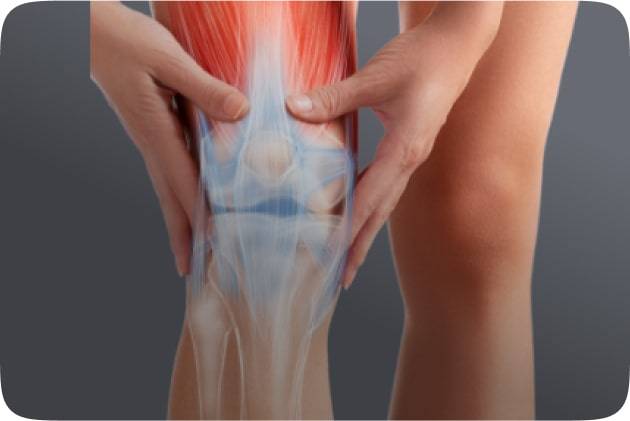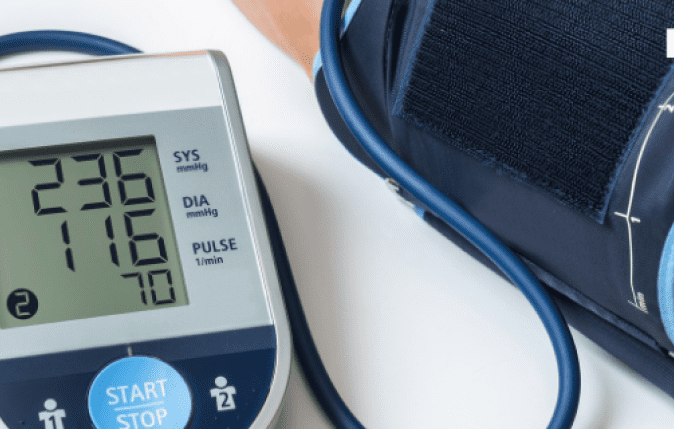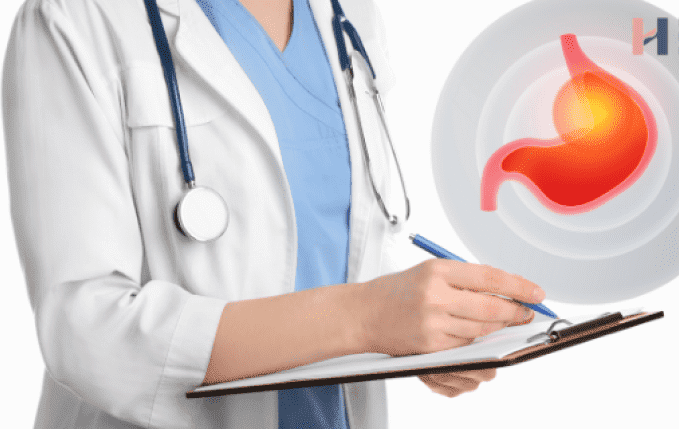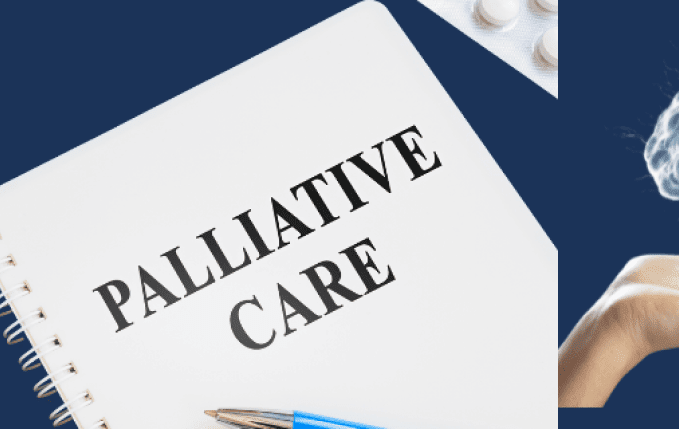Stress has become an undeniable part of modern life, affecting millions worldwide. Amidst the hustle and bustle, it’s easy to overlook the impact it can have on our health. One of the most alarming consequences of stress is its potential link to strokes. Often seen as a condition of the elderly or those with specific health issues, strokes can, in fact, strike anyone, at any age, particularly when stress levels soar. Recognizing the early symptoms of a stroke is crucial for timely intervention and prevention of severe consequences.
Understanding the Relationship Between Stress and Stroke
While stress itself might not directly cause a stroke, its effects on the body can significantly increase the risk. Elevated stress levels can contribute to hypertension, irregular heartbeats, and unhealthy lifestyle habits such as smoking, excessive drinking, or poor diet—factors that elevate the risk of stroke. Moreover, stress might prompt people to overlook their health, ignore warning signs, or delay seeking medical assistance, all of which can worsen the outcome in case of a stroke.
The Early Warning Signs
Recognizing the initial symptoms of a stroke is pivotal for prompt medical attention. Remembering the acronym “FAST” can help in identifying these signs:
- Face Drooping: One side of the face might droop or become numb. Ask the person to smile—a lopsided smile or uneven facial movement can indicate trouble.
- Arm Weakness: Weakness or numbness in one arm is another common sign. When asked to raise both arms, if one arm drifts downward or is noticeably weaker, it could be a red flag.
- Speech Difficulty: Slurred speech or difficulty speaking might occur. Asking the person to repeat a simple sentence can reveal speech abnormalities.
- Time to Call Emergency Services: If any of these signs are observed, it’s crucial to act quickly. Time is of the essence when dealing with a stroke, and immediate medical attention can make a substantial difference in recovery.
Additional Warning Signs
Beyond the FAST acronym, other symptoms may also signal an impending stroke. These can include sudden:
- Severe headache: Often described as the worst headache of one’s life.
- Vision disturbances: Blurred or double vision.
- Dizziness or loss of balance: Difficulty walking or sudden clumsiness.
- Confusion or trouble understanding: Difficulty comprehending speech or sudden confusion.
Coping Strategies and Prevention
Given the link between stress and stroke, managing stress becomes paramount in stroke prevention. Incorporating stress-relief techniques into daily life, such as meditation, yoga, regular exercise, and maintaining a balanced diet, can significantly reduce the risk factors associated with strokes.
Additionally, being proactive about health check-ups and managing underlying health conditions like high blood pressure, diabetes, or cholesterol levels can significantly mitigate the risk of strokes.
Seeking Help and Intervention
Educating oneself and others about the symptoms of stroke is crucial. Often, individuals might dismiss initial signs, attributing them to fatigue or stress. It’s essential to recognize the gravity of these symptoms and seek immediate medical attention when they occur, regardless of age or perceived health status.
Conclusion
In a world where stress has become nearly ubiquitous, understanding its potential health implications, especially its association with strokes, is critical. Recognizing the early symptoms and promptly seeking medical help can make a monumental difference in the outcome for someone experiencing a stroke. Prioritizing stress management, healthy lifestyle choices, and raising awareness about stroke symptoms are key steps toward reducing the risk and ensuring a healthier, more resilient society.
Stress is a formidable opponent, but armed with knowledge and proactive measures, its potential to cause harm, especially in relation to strokes, can be significantly diminished.










